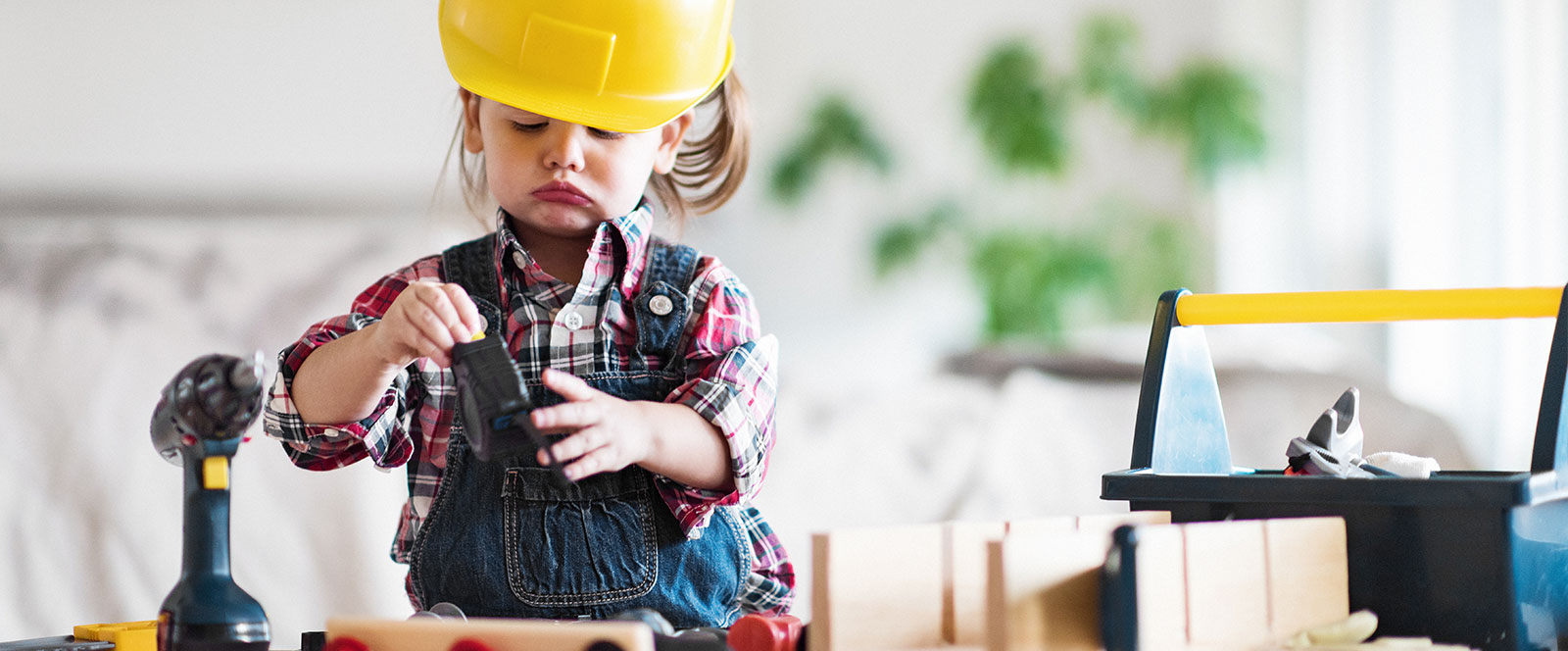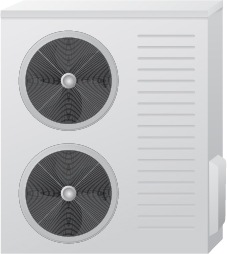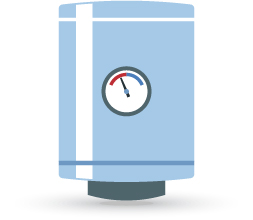


Change your furnace filter every 2 - 3 months to ensure clean air is circulated within your home, and to ensure the blower motor does not become overworked. Every furnace has an override shut-off switch, usually located a few feet from the furnace and hanging off of a 2'x4' piece of wood. It is used to shut down the furnace system for maintenance and you should check the override switch if you experience loss of power from your thermostat. It is recommended that you have a licensed heating and air technician inspect the operation of your furnace and air conditioning system every few years to ensure your system is running properly. All homeowners can refer to their Homeowner Reference Guide and have these contacts in easy access.

Your HRV unit (HRV) is located in your basement (hanging from the ceiling) near the furnace, with a control switch located in dining/living room near the thermostat. The system supplies continuous fresh air from outside and brings it into the house and the heat recovery core of the unit transfers a portion of heat to the fresh incoming air from outside before being distributed throughout the house. All homeowners can refer to their Homeowner Reference Guide and have these contacts in easy access.

Your hot water tank is provided on a rental contract, so all maintenance and warranty will be provided by the hot water tank rental provider. To find the contact information for this provider, check the sticker on the hot water tank itself, which will display the service contact information too. All homeowners can refer to their Homeowner Reference Guide and have these contacts in easy access.

One or more smoke and carbon monoxide detectors are installed in your home. The type of smoke detector, the installation procedure and the locations of smoke detectors are selected to meet the requirements of provincial building codes. You should not move or disable the smoke detector and if your smoke detector requires batteries, the batteries should be replaced at least once a year, and when the low battery alarm is audible. We also recommend monthly testing of the smoke detector to ensure it's doing its job. All homeowners can refer to their Homeowner Reference Guide and have these contacts in easy access.

Maintaining and monitoring your roof for any loose, broken, or missing shingles will ensure that it lasts for many years. Wind or storm related damage is not warrantable, but your homeowner insurance may cover storm-related damage, therefore, maintenance repairs should be made immediately to prevent water damage to your home. Minor variations in the roof surface or 'puckering,' which is a slight rising of the wood underneath the shingles, may occur due to the expansion of the wood under the shingles during certain conditions. This will not affect the performance or longevity of your roof. All homeowners can refer to their Homeowner Reference Guide and have these contacts in easy access.

Window glass should be cleaned with water and mild cleaning products designed for use on windows. We do not recommend cleaning windows with solvents, abrasive pads, putty knives, or any products which can disintegrate the rubber gasket material, because they can cause leaks or fogging of the dual-pane windows and leave scratches. Window screens should be removed and cleaned every six months with water and a mild soap, and this is also a good time to check for holes and tears. Caulking and seals of your windows should be inspected annually and repaired promptly to protect your windows. All homeowners can refer to their Homeowner Reference Guide and have these contacts in easy access.